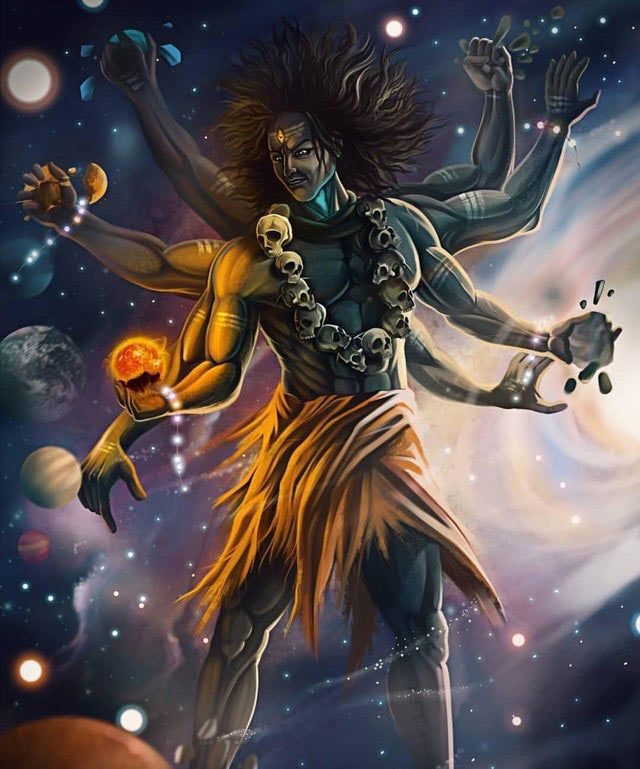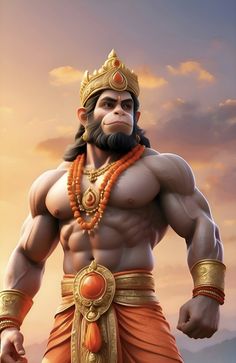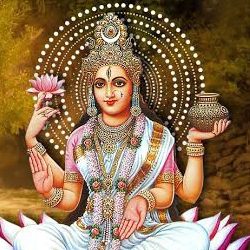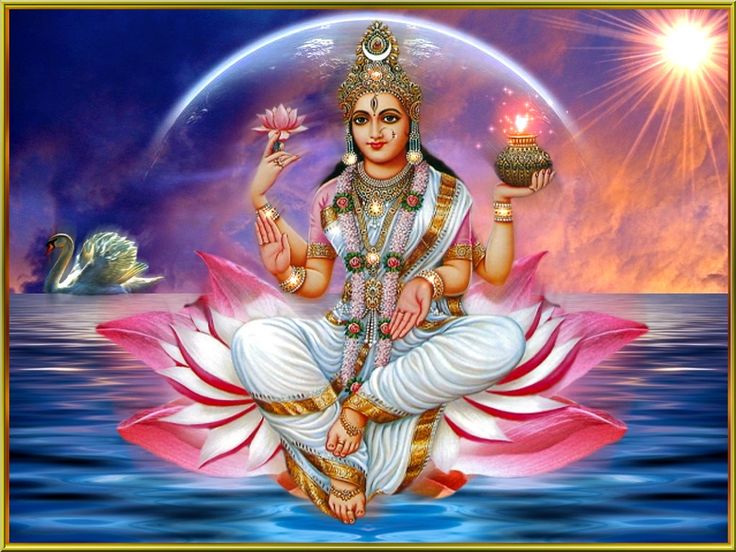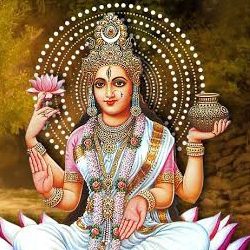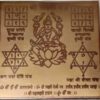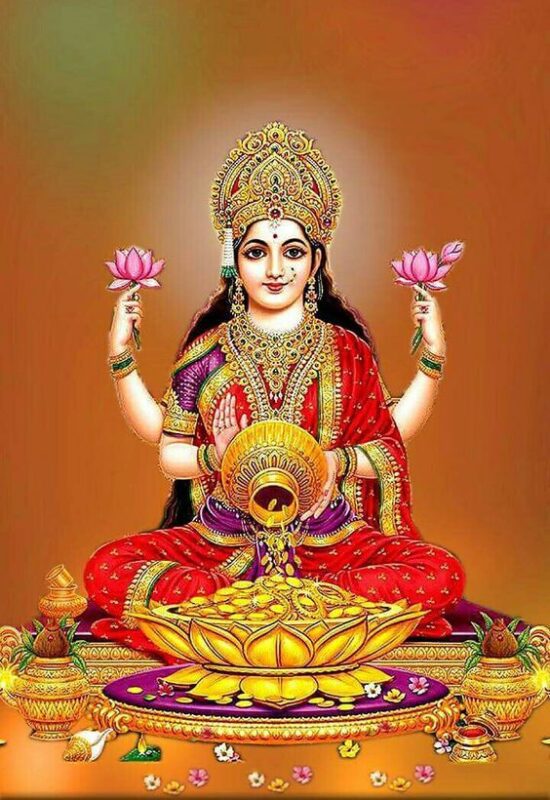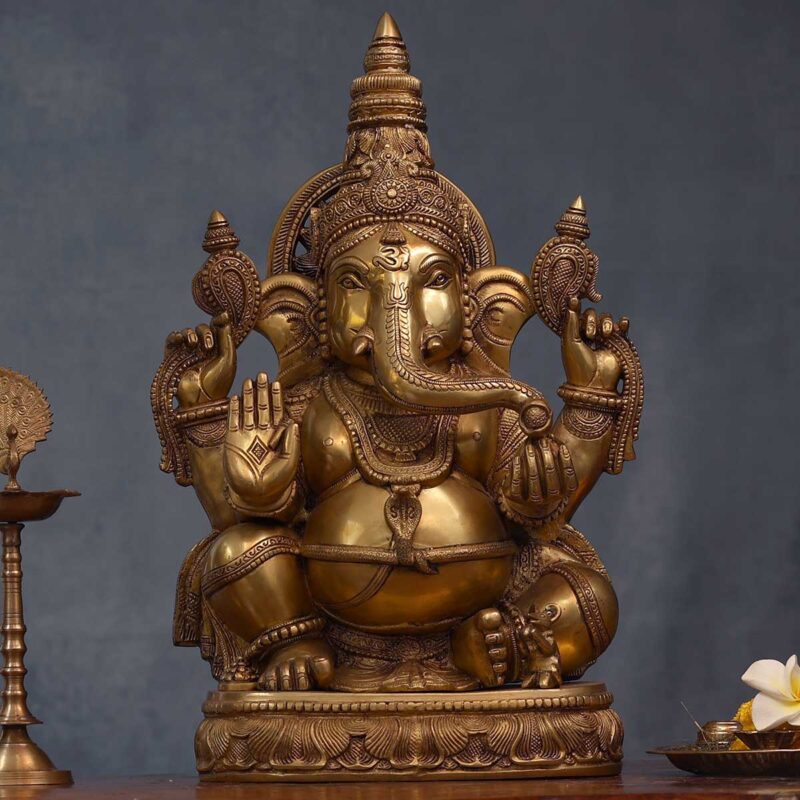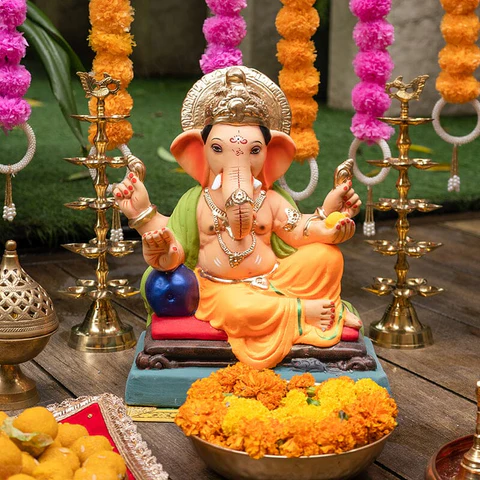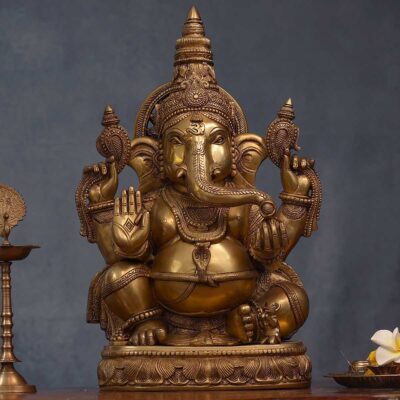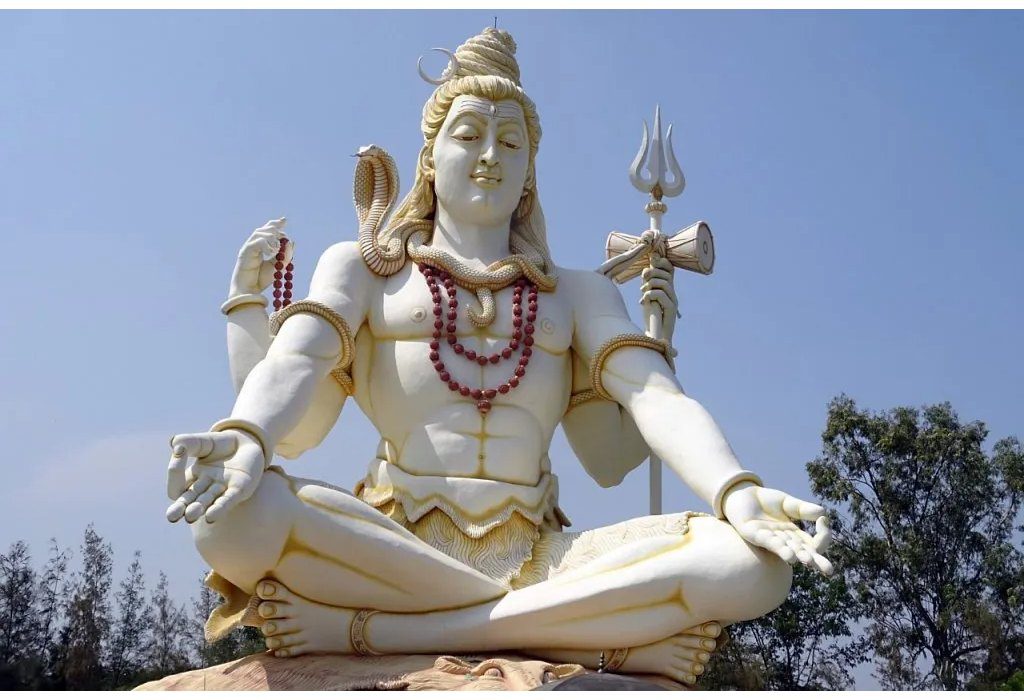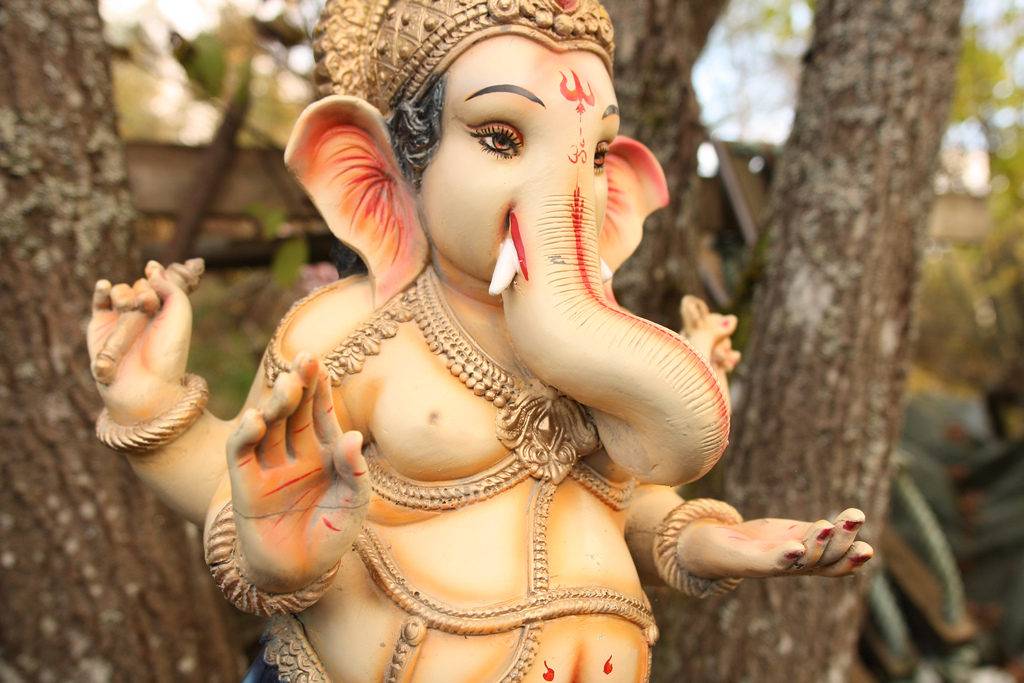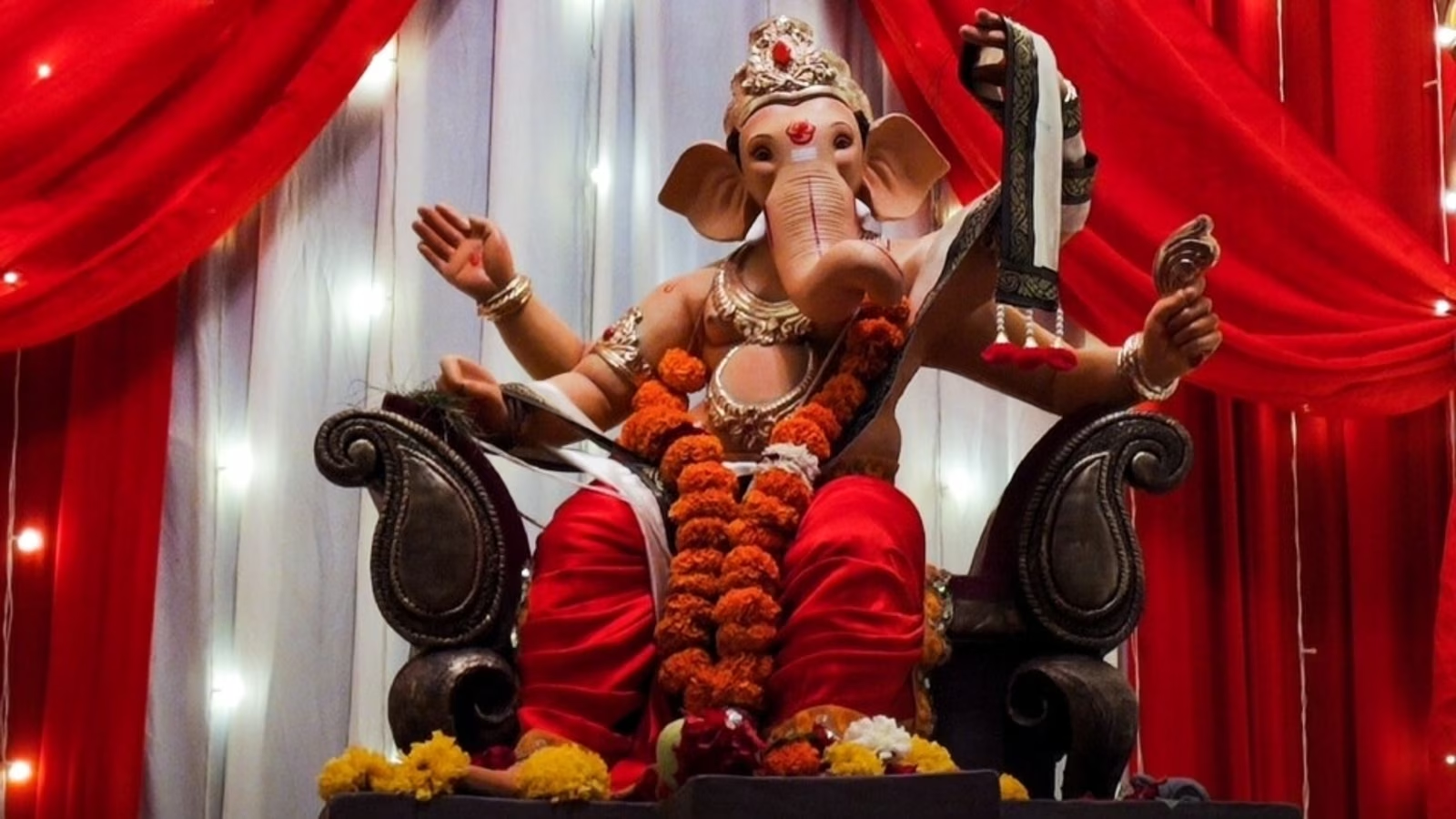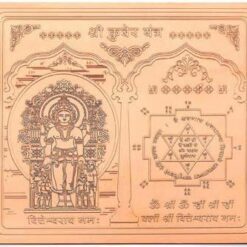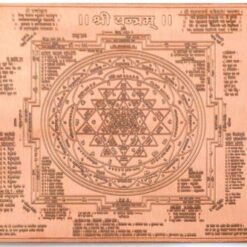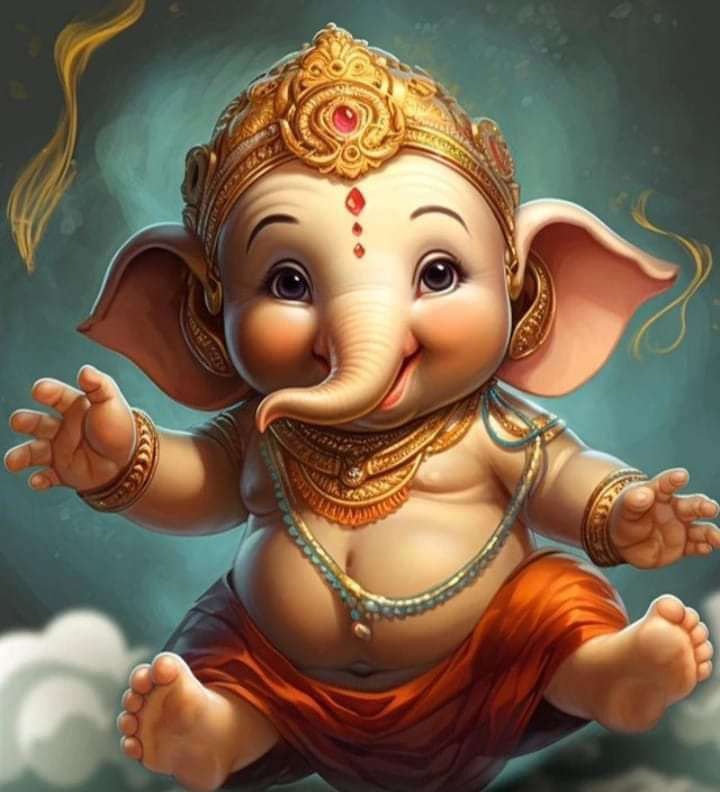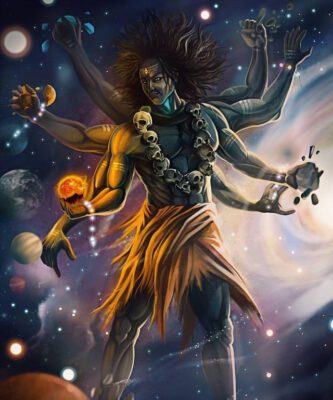
KAAL BHAIRAV
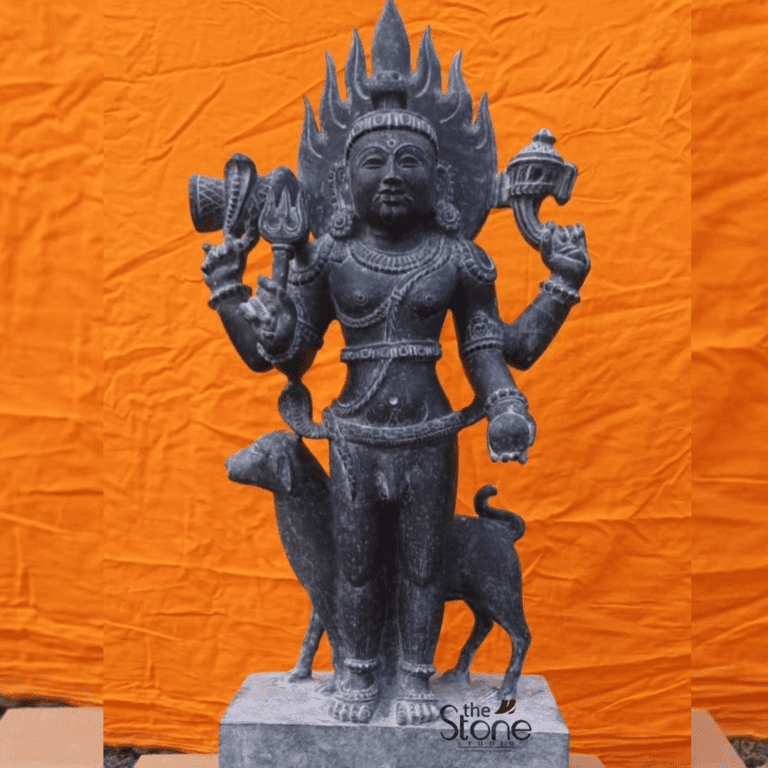
Kaal Bhairav, a prominent deity in Hinduism, holds a unique and powerful position within the pantheon of gods and goddesses. Often depicted as a fearsome manifestation of Lord Shiva, Kaal Bhairav is revered as the fierce guardian and protector. His name itself translates to ‘Lord of Time‘ or ‘Eternal Time,’ emphasizing his association with the eternal cycle of life, death, and rebirth.
Mythological Origins and Legends
In Hindu mythology, Kaal Bhairav’s origins are traced back to a legend involving Lord Brahma and Lord Vishnu, the creators and preservers of the universe. Once, a disagreement arose between them regarding their supremacy. To resolve this, Lord Shiva appeared in his fierce form as Kaal Bhairav, challenging them to find his beginning and end. Brahma took the form of a swan to search for the topmost part of the cosmic pillar of light, while Vishnu transformed into a boar to dig deep into the earth to find its base. Both were unsuccessful, acknowledging Kaal Bhairav’s timeless existence and omnipresence.
Another popular legend associated with Kaal Bhairav is about his role in beheading Lord Brahma’s fifth head due to Brahma’s arrogance. This act symbolizes the control of ego and arrogance, with Kaal Bhairav standing as a reminder of the consequences of pride.
Iconography and Depictions
Kaal Bhairav is often portrayed with a dark complexion, wearing a garland of skulls around his neck, symbolizing the cyclical nature of time and death. He is depicted with a dog as his vahana (vehicle), emphasizing his role as the guardian who can detect even the subtlest of threats. In some depictions, he holds a trident or a drum (damaru), which symbolizes the rhythm of creation and destruction.
Temples and Worship
Numerous temples across India are dedicated to Kaal Bhairav, with the most famous one located in Varanasi (Kashi). Known as the Kashi Vishwanath Temple of Kaal Bhairav, it is believed that a visit to this temple completes the pilgrimage to Varanasi. Devotees offer prayers and seek blessings for protection from evil forces, relief from obstacles, and liberation from the cycle of life and death.
During the sacred Hindu festival of Kala Bhairav Ashtami, special rituals and prayers are conducted to honor and appease Kaal Bhairav. Devotees observe fasts and visit temples to seek his divine grace and blessings.
Symbolism and Philosophy
The worship of Kaal Bhairav carries profound philosophical meanings within Hinduism. He symbolizes the inevitability of time and the impermanence of life, urging devotees to embrace change and detach from worldly attachments. His fierce appearance and demeanor signify the destruction of ignorance and ego, paving the way for spiritual awakening and enlightenment.
Cultural Significance
Beyond religious contexts, Kaal Bhairav is also revered in various cultural practices and rituals. In some regions, people invoke his blessings for protection from negative influences, legal disputes, and other challenges in life. His presence in folk tales and local traditions underscores his significance as a guardian deity who watches over his devotees with unwavering vigilance.
Modern Relevance
In contemporary times, the worship of Kaal Bhairav continues to resonate with people seeking protection, guidance, and spiritual growth. His role as the guardian of time and destroyer of obstacles remains relevant in navigating the complexities of modern life. Devotees find solace in his fierce yet compassionate nature, believing that his blessings can help them overcome hurdles and lead a righteous life.
Conclusion
Kaal Bhairav, the Lord of Time and guardian deity, occupies a unique place in Hindu mythology and spirituality. His fierce form and profound symbolism reflect deeper philosophical truths about the nature of existence and the passage of time. Through rituals, prayers, and devotion, his devotees seek his divine protection, wisdom, and liberation from the cycle of birth and death. As a timeless symbol of strength and vigilance, Kaal Bhairav continues to inspire reverence and awe, embodying the eternal principles of Hinduism.
Importance of Kaal Bhairav
1. Guardian and Protector:
Kaal Bhairav is primarily revered as a fierce guardian and protector. His role involves safeguarding devotees from malevolent forces, negative energies, and obstacles on their spiritual and worldly journeys. This protective aspect makes him a crucial deity in the pantheon of Hindu gods, offering solace and assurance to those facing challenges.
2. Symbol of Time and Impermanence:
As the ‘Lord of Time’ (Kaal), Kaal Bhairav symbolizes the eternal cycle of creation, preservation, and destruction. His depiction with a garland of skulls signifies the inevitability of time and the transient nature of life. This symbolism serves as a reminder of the impermanence of material existence and encourages devotees to focus on spiritual growth and detachment from worldly attachments.
3. Destroyer of Ego and Ignorance:
In Hindu mythology, Kaal Bhairav’s act of beheading Lord Brahma’s fifth head underscores his role in destroying ego, arrogance, and ignorance. This mythological event symbolizes the importance of humility, self-awareness, and the pursuit of true knowledge. Devotees invoke Kaal Bhairav to seek liberation from the cycle of birth and death by transcending worldly illusions and realizing their true selves.
4. Cultural Reverence and Tradition:
Across India, numerous temples dedicated to Kaal Bhairav attract devotees seeking his blessings for protection, guidance, and spiritual fulfillment. The Kashi Vishwanath Temple of Kaal Bhairav in Varanasi holds particular significance, drawing pilgrims who believe that a visit here completes their pilgrimage to the holy city. Festivals such as Kala Bhairav Ashtami celebrate his divine presence and offer opportunities for devotees to express their devotion through rituals and prayers.
5. Philosophical Teachings:
Kaal Bhairav’s worship embodies profound philosophical teachings within Hinduism. His fierce form and attributes encourage devotees to confront and overcome their fears, doubts, and obstacles. By embracing his teachings, devotees learn resilience, determination, and acceptance of life’s challenges, ultimately leading to spiritual growth and inner transformation.
6. Relevance in Modern Contexts:
In contemporary times, Kaal Bhairav remains relevant as a source of strength, protection, and guidance. Devotees invoke his blessings to navigate personal and professional challenges, seek justice, and attain spiritual enlightenment. His timeless presence in Hindu rituals and practices underscores his enduring relevance in helping individuals maintain balance and harmony amidst life’s complexities.
7. Cultural Integration and Local Traditions:
Beyond religious contexts, Kaal Bhairav is integrated into local traditions, folklore, and cultural practices across India. His presence in regional customs and beliefs reflects his role as a guardian deity who watches over communities and individuals, ensuring their well-being and prosperity.
In summary, the importance of Kaal Bhairav in Hinduism encompasses his roles as a guardian, symbol of time and impermanence, destroyer of ego and ignorance, cultural icon, philosophical teacher, and relevant deity in modern contexts. His worship inspires devotion, resilience, and spiritual evolution, making him a revered figure who continues to guide and protect devotees on their spiritual journeys.
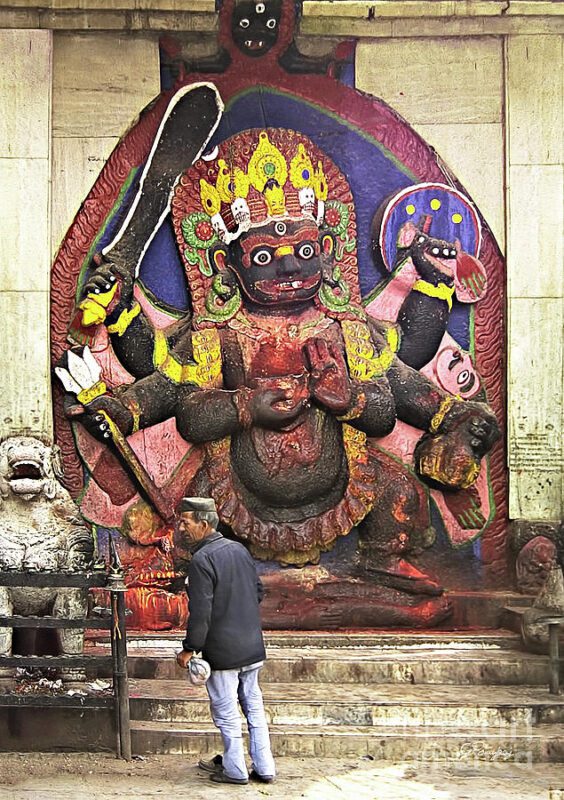
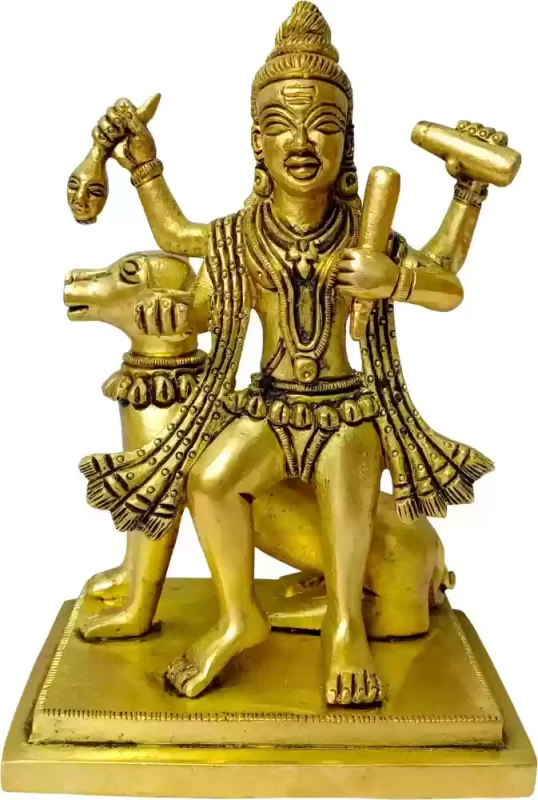
Guardian and Protector: Central to Kaal Bhairav’s importance is his role as a fierce guardian and protector. Devotees invoke him for protection from negative influences, obstacles, and malevolent forces. His presence is believed to offer security and assurance, particularly during times of adversity or uncertainty.
Symbol of Time and Impermanence: As the ‘Lord of Time’ (Kaal), Kaal Bhairav embodies the eternal cycle of creation, preservation, and destruction. His depiction with a garland of skulls symbolizes the inevitability of time and the transient nature of life. This symbolism encourages devotees to contemplate the impermanence of worldly existence and focus on spiritual growth and detachment.
Destroyer of Ego and Ignorance: In Hindu mythology, Kaal Bhairav’s act of beheading Lord Brahma’s fifth head serves as a powerful allegory. It signifies his role in destroying ego, arrogance, and ignorance—attributes that hinder spiritual progress. Devotees seek his blessings to overcome these obstacles and attain spiritual liberation.
Cultural Reverence and Tradition: Throughout India, temples dedicated to Kaal Bhairav are centers of pilgrimage and devotion. The Kashi Vishwanath Temple of Kaal Bhairav in Varanasi holds particular importance, drawing pilgrims who believe in his protective powers and spiritual blessings. Festivals like Kala Bhairav Ashtami are celebrated with fervor, honoring his divine presence and seeking his benevolence.
Philosophical Teachings: Kaal Bhairav’s worship is steeped in profound philosophical teachings. His fierce form and attributes encourage devotees to confront fears, doubts, and challenges with courage and resilience. Through devotion to Kaal Bhairav, followers learn to navigate life’s complexities while maintaining inner balance and spiritual clarity.
Relevance in Modern Contexts: In contemporary times, Kaal Bhairav remains relevant as a source of strength and guidance. Devotees turn to him for assistance in overcoming obstacles, seeking justice, and finding spiritual fulfillment. His timeless teachings resonate with individuals striving for personal growth and enlightenment amidst the demands of modern life.
Cultural Integration and Local Traditions: Beyond religious rituals, Kaal Bhairav is deeply integrated into local customs, folklore, and cultural practices across India. His presence in regional traditions reflects his role as a guardian deity who watches over communities and individuals, ensuring their welfare and prosperity.
In essence, Kaal Bhairav’s importance in Hinduism extends far beyond his fearsome appearance and mythical deeds. He embodies timeless principles of protection, spiritual growth, and philosophical enlightenment, offering devotees solace, strength, and guidance on their spiritual journeys through life’s intricate tapestry.

